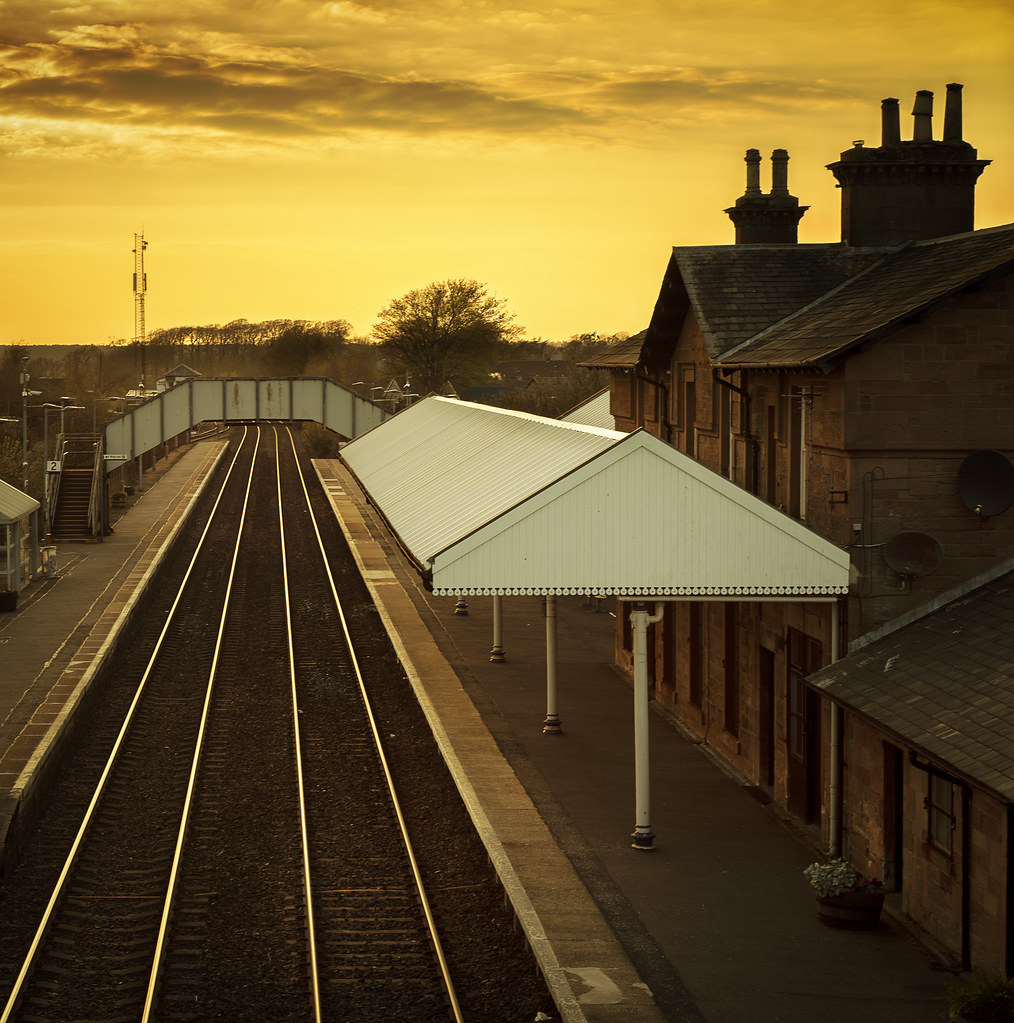
By Gareth David of RailwayWorld.net
Improving connectivity is central to the viability of any railway revival or expansion plan, so the Welland Valley Rail Partnership (WVR) has developed proposals for a new service across the East Midlands and East Anglia that would directly link a population of more than 400,000 people and provide valuable new journey opportunities to a similar-sized population, with just one change of train.
The WVR proposition is for a regular direct rail service from Kettering, on the Midland Main Line (MML), via Corby to Peterborough, on the East Coast Main Line (ECML), and then continuing eastwards to March and terminating at the proposed new station in Wisbech, where a population of more than 30,000 has been waiting decades to be reconnected to the national rail network.

“Kettering” by R~P~M is licensed under CC BY-NC-ND 2.0
At the heart of the WVR proposal is the former steel town of Corby, which has benefited hugely from the re-opening and progressive expansion of rail services to Kettering and London since its station re-opened in March 2009, with a corresponding rapid increase in its population.

“Corby Station” by R~P~M is licensed under CC BY-NC-ND 2.0
While the rail link southwards to Kettering has recently been restored to double track and will soon see regular electric services to St. Pancras International, Corby is currently very much the “end of the line” in railway terms, with just two daily trains each way continuing north across the Grade 2 listed Harringworth Viaduct towards Oakham, Melton Mowbray and Derby.

Connecting into the WVR service at Kettering would give a population of almost 500,000 people living further south at places served by the MML, such as Luton and Bedford, a simple one change journey to reach Peterborough, for ECML services to the north, as well as providing new journey opportunities along the route towards Wisbech and improving rail links to Luton Airport.
By reinstating a 3½-mile south-to-east connection between the railway north from Corby and the route between Peterborough and Leicester, the WVR proposal would offer hourly direct services from Corby to Peterborough, serving a new station at Luffenham and providing easy connection at Peterborough with ECML services to West Yorkshire, the North-East and Scotland.

Luffenham station would be roughly mid-way between Oakham and Stamford and provide a rail link for the nearby Rutland villages of North and South Luffenham that was lost when the original station was closed to passengers in June 1966. A new station could be served by trains on the Leicester-Peterborough route, as well as WVR services.

Another town that would benefit considerably from the WVR proposal is historic Stamford, a tourist hot-spot with a population of around 20,000 that has been voted one of the best places to live in England and would benefit from a direct rail link to Kettering and Corby.

“Stamford” by judepics is licensed under CC BY-NC 2.0
East of Peterborough, the WVR proposal would increase service frequency on the route through Whittlesea to March and then provide an additional service on the revived route between March and Wisbech, alongside the services currently being proposed, which are focused on linking the town with Ely and Cambridge.

Michael Trolove / Butter Cross, Whittlesey / CC BY-SA 2.0
Wisbech is a pleasant small town at the heart of an important agricultural area, which boasts some fine Georgian architecture that offers considerable potential for the development of tourism to the town. Passenger services along the seven-mile branch to March ceased in 1968, but freight use continued until 2001 and the line is nominally ‘mothballed’ although the number of level crossings has meant an ever upward spiral in estimated re-opening costs.

“North Brink By The River Nene, Wisbech.” by Jim Linwood is licensed under CC BY 2.0
Despite this, the case for re-opening is compelling: and an economic benefits study by Cambridgeshire County Council in 2014 suggested that the line would produce benefits of £3 for every £1 spent on re-opening, while subsequent estimates have put the benefit at £4 for every £1 spent on the project.
Forecasts suggest that a station at Wisbech would have a catchment area around double the town’s 34,000 population, and a direct rail service, taking little more than 30 minutes to reach Peterborough, would open up a huge range of new journey opportunities for those wishing to travel between Kettering, Corby, Wisbech and places along the ECML such as York, Leeds, Newcastle and Edinburgh.

“Edinburgh Castle” by neil1877 is licensed under CC BY-NC-ND 2.0
“LNER Class A4 steam locomotives, Great Hall, National Railway Museum” by David McKelvey is licensed under CC BY-NC-ND 2.0
“Corn Exchange – Leeds.” by jST. is licensed under CC BY-NC-SA 2.0




No responses yet